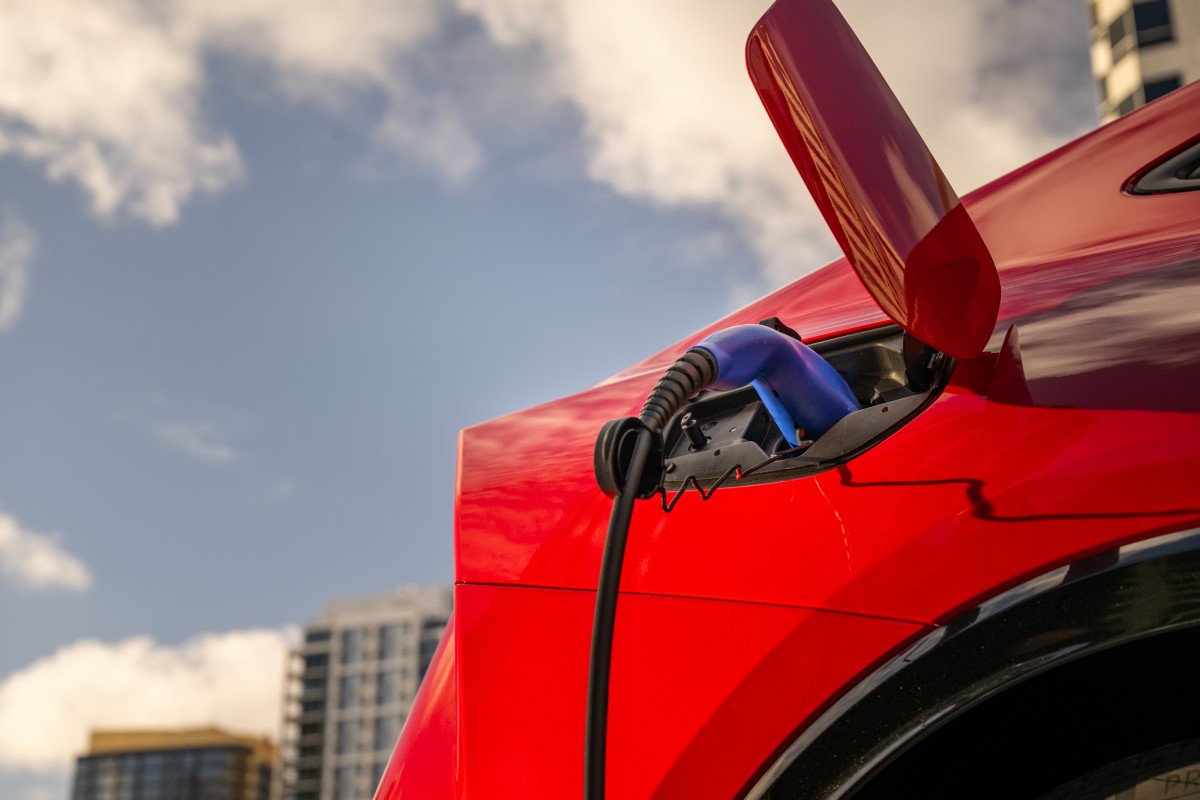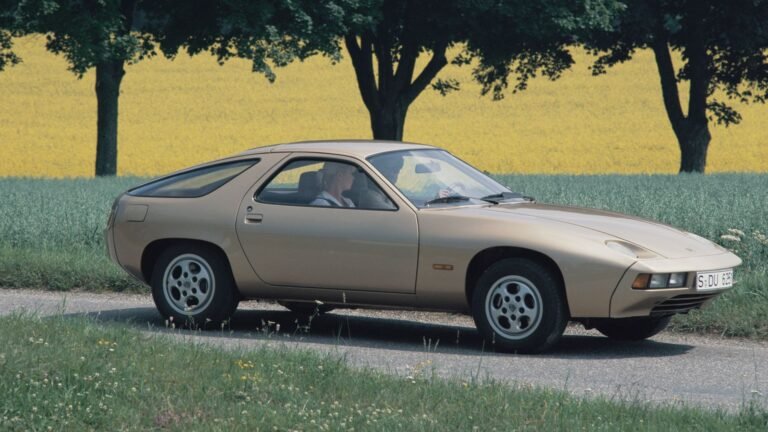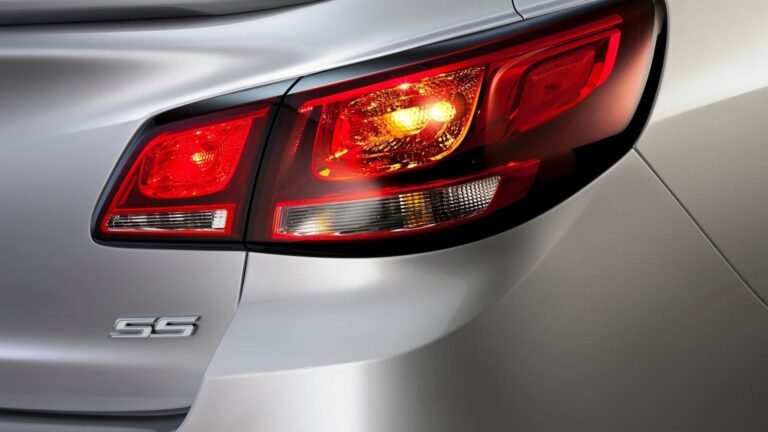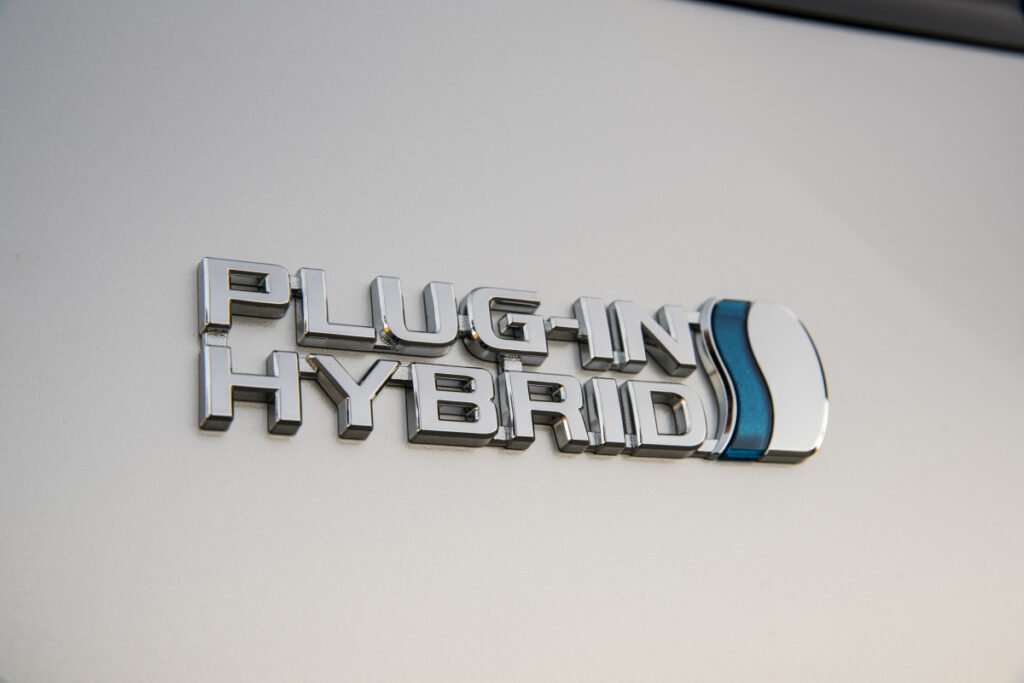
It seems that, in the real world, plug-in hybrid vehicles are not nearly as clean as they’re made out to be. According to a new study by Transport & Environment, which involved testing 800,000 cars, PHEVs in everyday use in Europe are expelling almost five times more carbon dioxide than official test figures say, reports Carscoops. T&E claims that the way most PHEVs are used brings their CO2 emissions very close to those of conventional mild hybrids and even pure combustion vehicles. PHEVs have batteries that allow all-electric driving, with the gas engine meant to support this cleaner way of driving, so what’s the problem?
User Error Partly To Blame For Filthy PHEVs
Ford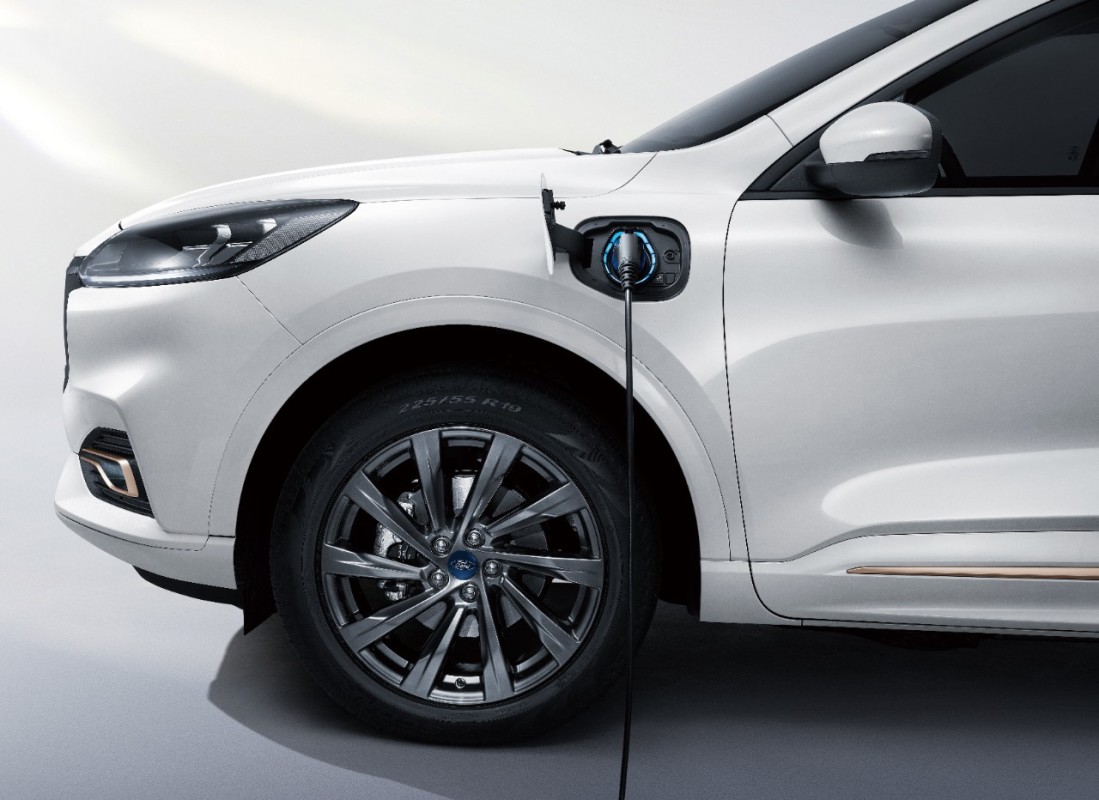
To use a common internet phrase, the problem exists between the seat and the steering wheel. In other words, the main problem is that the drivers of these vehicles often forget or don’t bother to plug them in to recharge, relying only on the gas engine. However, the car isn’t always blameless, as the study found that even when charged, PHEVs would quickly switch to their combustion engines under moderate acceleration, when climbing hills, or in colder weather. Basically, the tests that regulators use to certify PHEV emissions are not representative of true use scenarios, and therefore, the cars appear cleaner on official test cycles than they are in the real world. Unlike the Dieselgate scandal, in which Volkswagen (and other automakers) purposefully cheated emissions test cycles using clever software, it seems that those producing PHEVs are meeting the standards set out for them – the standards just aren’t realistic.
The Problem Is Worsening, And It’s Costing Buyers
This issue is only worsening; in 2021, T&E performed similar tests and recorded real-world CO2 emissions of 134g/km for PHEVs (around 3.5 times higher than the official 38 g/km figure), but in the latest study, the difference has swelled massively, with manufacturers claiming an average of 28 g/km but the independent testing revealing a far higher average of 139 g/km. Not only does this mean the environment suffers more, but T&E reportedly suggested to The Guardian that owners may be paying around $580 more per year in gasoline bills than they would if their cars achieved the claimed mpg figures. Tougher rules coming into effect next year and tightening for 2027/2028 will help, but T&E claims there will still be an 18 percent difference between claimed and achieved emissions figures after the more stringent framework comes into effect in two years.
